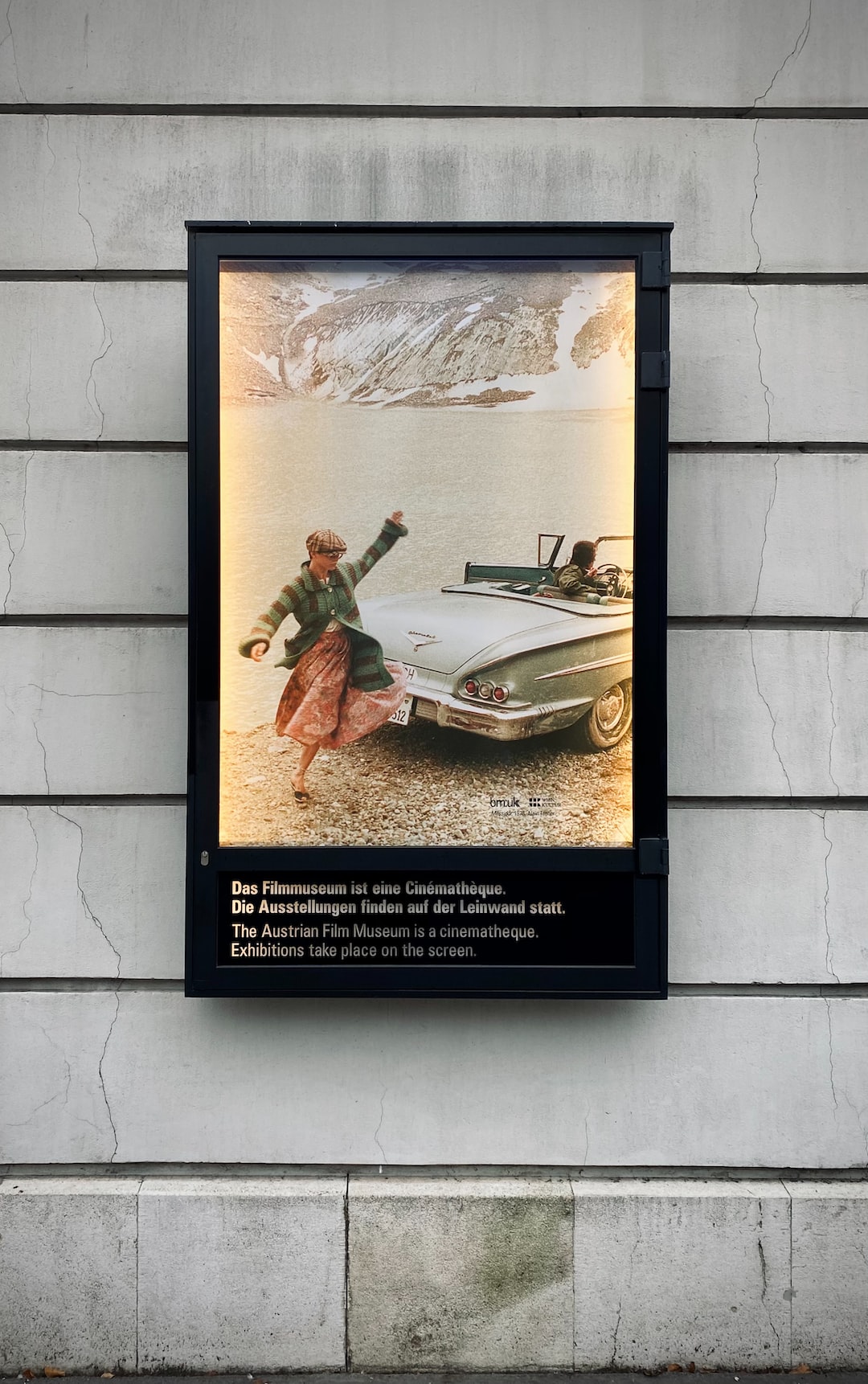Color theory is an essential component of any painting, as it not only enhances the visual appeal but also communicates emotions and messages to the viewer. Whether you are a professional artist or an aspiring painter, understanding the significance of color theory can greatly enhance your skills and create a more impactful artistic expression.
To start, let us delve into the basics of color theory. Colors are essentially wavelengths of light that are perceived by our eyes, and they can be categorized into primary, secondary, and tertiary colors. The primary colors are red, blue, and yellow – they cannot be created by mixing other colors. Secondary colors, on the other hand, are obtained by mixing two primary colors: red + blue = purple, blue + yellow = green, and red + yellow = orange. Lastly, tertiary colors are created by mixing primary and secondary colors.
Now, why is color theory so significant in painting? Color evokes emotions and can influence our mood, so selecting the appropriate colors is crucial to effectively communicate the intended message. Each color has its own unique psychological impact:
Red: This vibrant and energetic color symbolizes action, passion, and love. It can grab attention and create a sense of urgency. However, excessive use of red can also evoke feelings of anger or aggression. As an artist, knowing how to balance its usage can create a powerful impact.
Blue: Serene and calming, blue is often associated with tranquility and stability. It has a soothing effect and can lower blood pressure. Blue can be used to evoke a sense of harmony and represents trust and loyalty. In the world of art, it is often used to depict vast skies or calm bodies of water.
Yellow: Associated with joy and happiness, yellow stimulates creativity and optimism. It is the color of the sun and represents warmth and energy. However, yellow can also be quite intense and overpowering if not used judiciously.
Green: Symbolizing growth, renewal, and nature, green is often associated with tranquility and balance. It has a calming effect and is easy on the eyes. Many landscape artists utilize different shades of green to depict lush scenery and peaceful environments.
Orange: A combination of the vibrant energy of red and the warmth of yellow, orange is an inviting color associated with enthusiasm and excitement. It stimulates creativity and is often used to depict fiery sunsets or autumn landscapes.
Purple: As a royal and mysterious color, purple is often associated with luxury and spirituality. It has a calming effect and can represent creativity and wisdom. Purple shades are often used in paintings to create a sense of elegance and intrigue.
These are just a few examples of how colors can evoke various emotions and meanings. However, it is essential to consider that personal experiences and cultural backgrounds can also shape individual interpretations of color.
Understanding complementary and contrasting colors also plays a significant role in creating a visually pleasing composition. Complementary colors are opposite each other on the color wheel, such as red and green, blue and orange, or yellow and purple. When placed side by side, they enhance each other, creating a dynamic and eye-catching effect.
Contrasting colors, on the other hand, are colors that are positioned next to each other on the color wheel. They have a harmonious relationship and can create a more balanced and peaceful composition. For example, blue and green or yellow and orange are contrasting colors that can be combined to give a sense of balance and stability to a painting.
In addition to emotions and compositions, color theory also helps artists understand how colors can create the illusion of depth and space. Warm colors tend to advance towards the viewer, while cool colors recede into the background. By utilizing this knowledge, artists can add depth to their paintings and create a more three-dimensional effect.
Furthermore, understanding color temperature is essential. Warm colors, such as reds, oranges, and yellows, tend to evoke a sense of warmth and energy. In contrast, cool colors, like blues, greens, and purples, create a serene and calming atmosphere. Artists often use this knowledge to create different moods and atmospheres in their compositions.
To summarize, color theory is an integral part of painting that goes beyond simple aesthetics. It allows artists to effectively communicate emotions, create captivating compositions, and add depth to their works. Whether you are an amateur or a professional artist, understanding the significance of color theory will undoubtedly elevate your painting skills and make your art more impactful and captivating.

